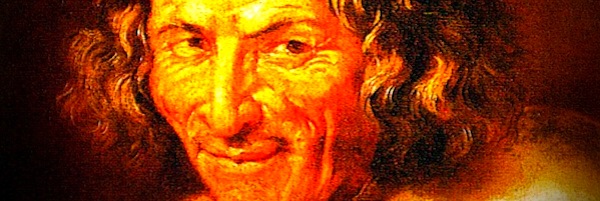Paul Scarron, Paris, 1648 (Google Books, 1650)
Scarron’s work, a parody of the Aeneid, was a lengthy poem that initiated the age of burlesque literature in France. Scarron mocked the divinities and heroes of antiquity by ‘reducing them to contemporary types and placing them in ludicrous situations’. 1
Scarron’s technique was developed theatrically by the Comedie-Italienne which also produced plays depicting gods and goddesses in contemporary dress for the purposes of satire. 2 Scarron’s work, considered at the time his most successful, would also inspire Charles Cotton’s Scarronides, or travesty of the first books of the Aeneid (1664). 3
As Margaret Anne Doody has commented,
a desire to burlesque even great works of literature may have been in the seventeenth century an impulse to escape the Renaissance; burlesque . . . may have been a method of signifying farewell to that earlier and very powerful cultural phase. Burlesque, and later, parody in both England and France seem related also to the experience of civil war . . . . The reign of the burlesque is . . . what the Fronde is . . . in political history, that is to say a revolt against a tyrannical yoke, a basically legitimate protest, if often ridiculous in form, against an excessive authority. Le Virgile Travesti is a sharp if playful revolt against a poet often thought the world’s greatest and a poem of enormous importance to the Renaissance sensibility. 4
- P.T. Dircks, ‘James Robinson Planche and the English Burletta Tradition’, Theatre Survey 17 (May 1976), 68-81, on 69-70. ↩
- Dircks, Theatre Survey, 70. ↩
- See Sturgis E. Leavitt, ‘Paul Scarron and English Travesty’, Studies in Philology 16, 1 (January 1919), 108-120. ↩
- Margaret Anne Doody, The Daring Muse: Augustan Poetry Reconsidered (Cambridge: Cambridge University press, 1985), 50. ↩

